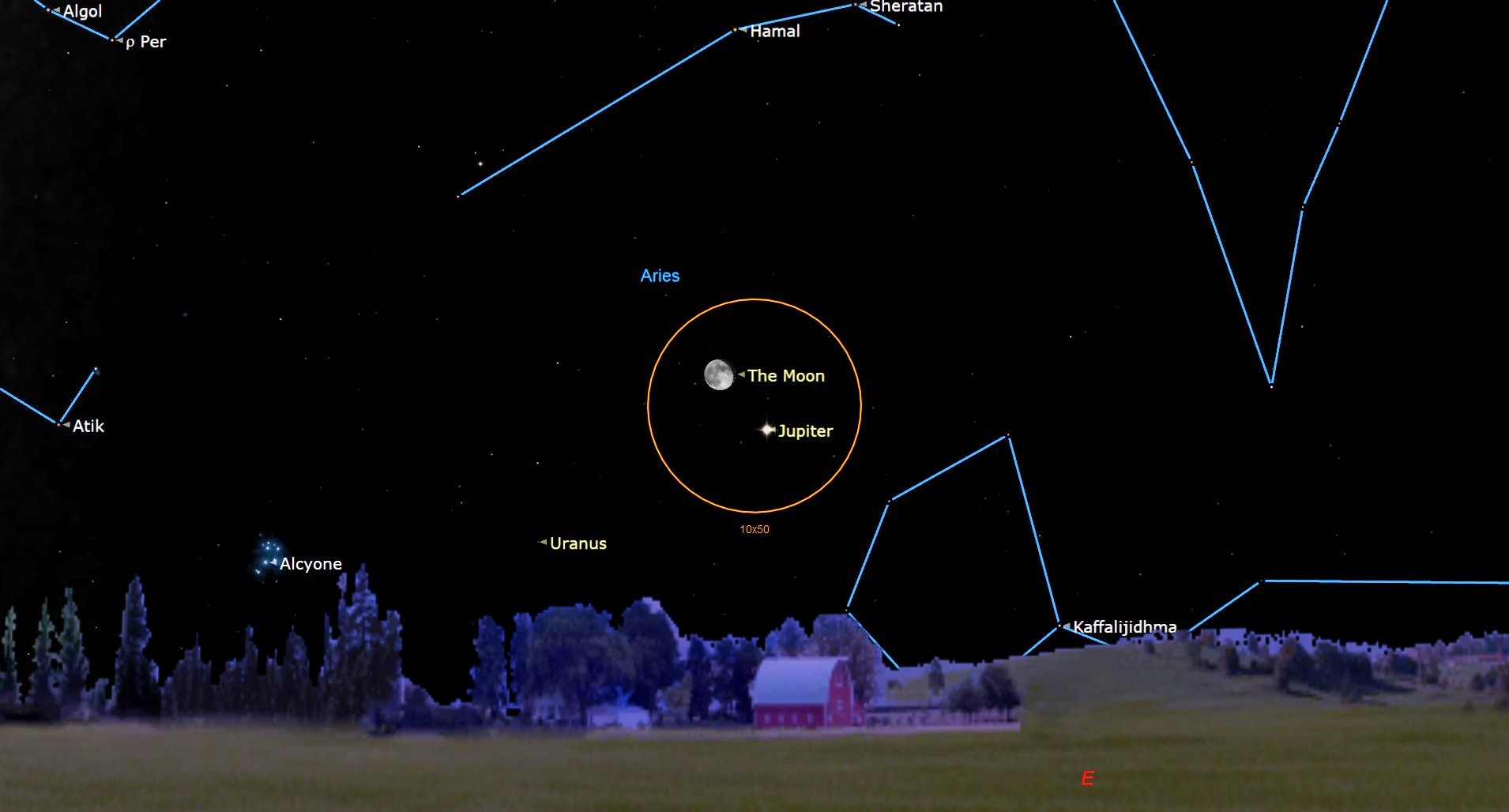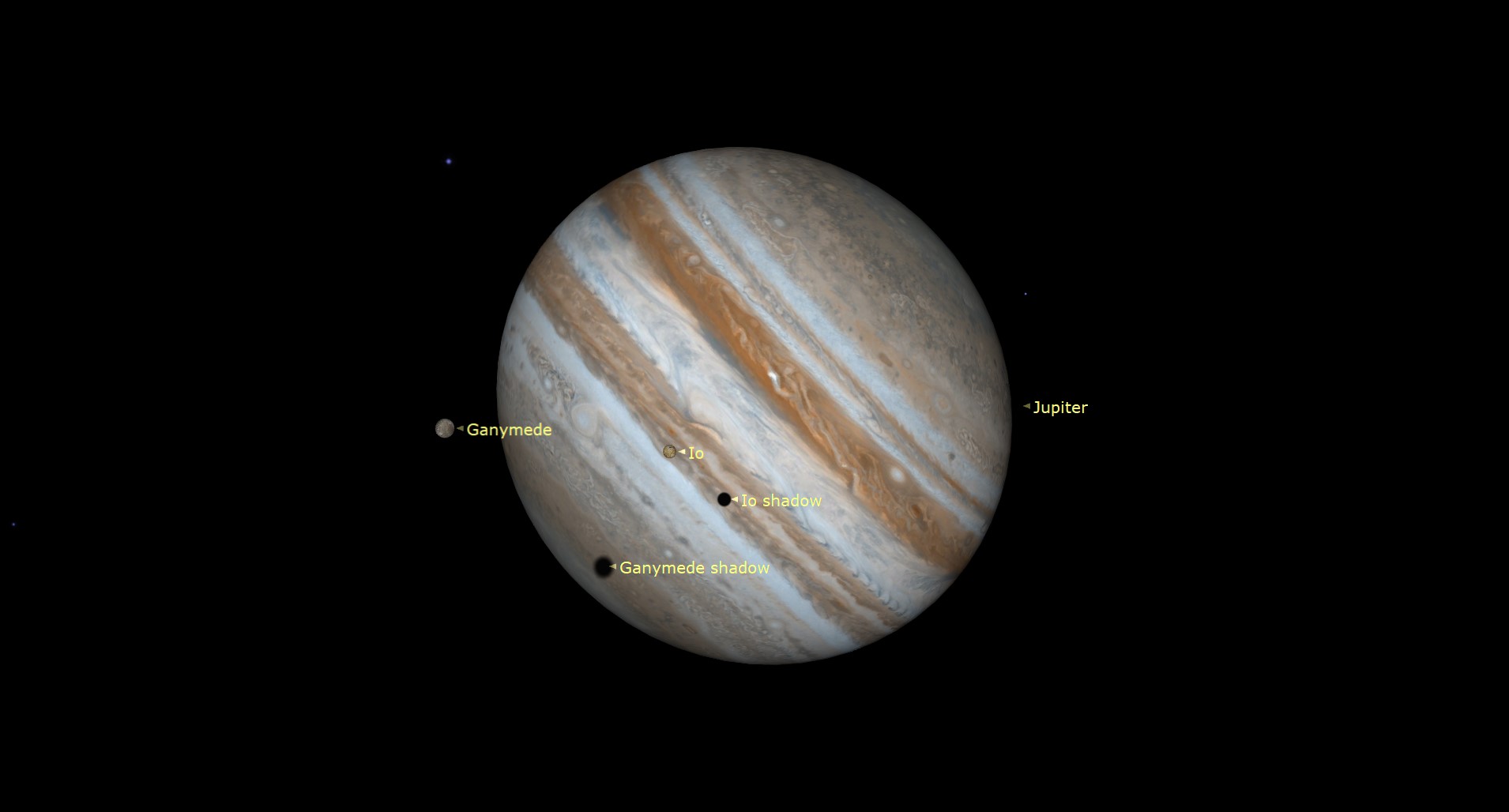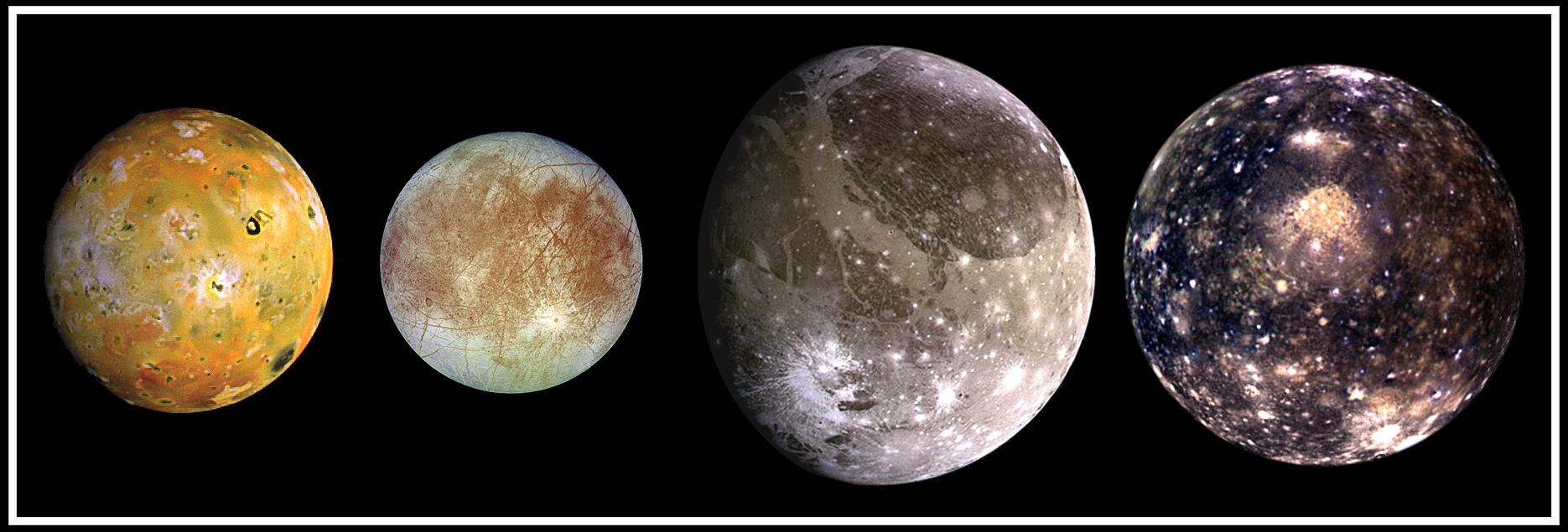See Jupiter meet up with a bright moon in the night sky tonight

Skywatchers who are out during the late evening hours on Sunday will almost certainly be attracted toward the eastern sky, where the two brightest visible objects at that hour will be readily evident.
The moon, now a waning gibbous phase, will be poised near a brilliant silvery non-twinkling "star." That object is not a star, however, but the largest planet in our solar system: Jupiter.
Jupiter comes up over the eastern horizon just before 9 p.m. local daylight time. It rises about four minutes earlier each night, so by the end of October it will be beaming before the end of evening twilight. By then, the planet will be so bright – it will be essentially at its peak brilliance for 2023 – that it's easy to see before the sky gets fully dark.
A couple of hours after it has risen, Jupiter has climbed higher above the horizon haze (or as I call it, "atmospheric schmutz") and gleams with a brighter, purer light. It blazes high above the southern horizon during the quiet morning hours after midnight, finally paling in the western sky during dawn.
Related: Night sky, October 2023: What you can see tonight [maps]

Want to see the solar system planets or the moon in the night sky? We recommend the Celestron Astro Fi 102 as the top pick in our best beginner's telescope guide.
On Sunday night, Jupiter will sit about 2.3 degrees below and to the right of the moon. Remember that your clenched fist held at arm's length measures roughly ten degrees. On Monday, the moon will have shifted to a position nearly 16 degrees to Jupiter's left.
Jupiter is situated in the small and relatively dim constellation of Aries, where it will remain until April 27. Every passing day brings our own world closer to scooting between the giant planet and the sun. When we finally do on Nov. 3, Jupiter will be at opposition, meaning it will be opposite to the sun in our sky.
Breaking space news, the latest updates on rocket launches, skywatching events and more!
Four more moons
Now is also a fine time to start examining the famous Galilean satellites; the four largest Jovian moons. In theory they are all bright enough to see with the naked eye. In fact, more than 40 years ago, a good friend of mine, who was the education coordinator at the Hayden Planetarium, claimed to possess the ability to do just that (he also said he could also discern the crescent of Venus with his unaided eyes as well).
But for the rest of us who lack such acute vision, optical aid is almost always required to separate the moons from the glare of the mighty king of the planets.
Steadily held binoculars can reveal all four moons, though you may have to make special plans to catch innermost Io close to the time of elongation. Telescopes nearly always show all four. At moderate powers you can detect a change in their positions in an hour or so, and sometimes, when two are close together, in just a few minutes.
On Sunday night, in fact, all four satellites will clearly be in view. Two will be to the east of Jupiter, while the other two will be to its west. The two that will appear closest to Jupiter, as well as to each other, are (going outbound from the big planet) Io and Europa. The other two, on Jupiter's other side will be Ganymede and – the farthest out of the four – Callisto.
Repeat performance on the 28th
One well-known lunar cycle is the sidereal month, a period of time it takes the moon to orbit once around the earth with respect to the background stars, a period equal to approximately 27.2 days. Being a planet, Jupiter actually shifts its position relative to the stars, but only slightly during a span of about a month's time. So, if we were to add 27.2 days to Oct. 1, that would bring us to Oct. 28, and sure enough, on that night the moon will once again be passing closely relative to Jupiter.
So, if cloudy skies obscure your view of the moon and Jupiter on Sunday night, don’t fret. You'll get another opportunity to see them together on the final Saturday night of October.
Want to check out Jupiter or the moon in the night sky? See our guides on the best telescopes, the best binoculars, and the best telescopes for seeing planets.
And if you're looking to take awesome photos of Jupiter, the moon or the night sky in general, check out our guides on how to photograph the moon or how to photograph the planets, as well as our best cameras for astrophotography and best lenses for astrophotography.
Joe Rao serves as an instructor and guest lecturer at New York's Hayden Planetarium. He writes about astronomy for Natural History magazine, the Farmers' Almanac and other publications.
Editor's Note: If you snap an image of Jupiter beside the moon and would like to share it with Space.com's readers, send your photo(s), comments, and your name and location to spacephotos@space.com.

Joe Rao is Space.com's skywatching columnist, as well as a veteran meteorologist and eclipse chaser who also serves as an instructor and guest lecturer at New York's Hayden Planetarium. He writes about astronomy for Natural History magazine, Sky & Telescope and other publications. Joe is an 8-time Emmy-nominated meteorologist who served the Putnam Valley region of New York for over 21 years. You can find him on Twitter and YouTube tracking lunar and solar eclipses, meteor showers and more. To find out Joe's latest project, visit him on Twitter.


